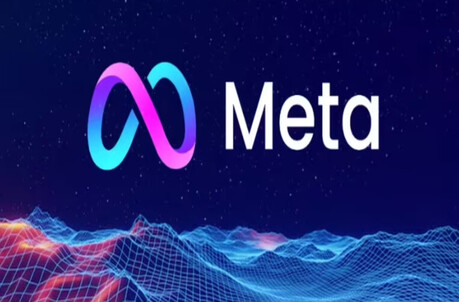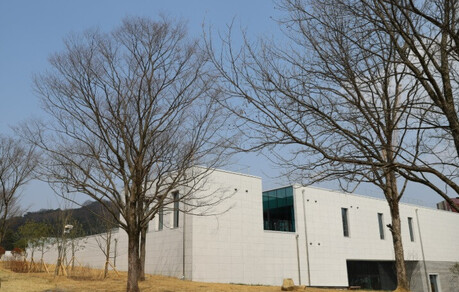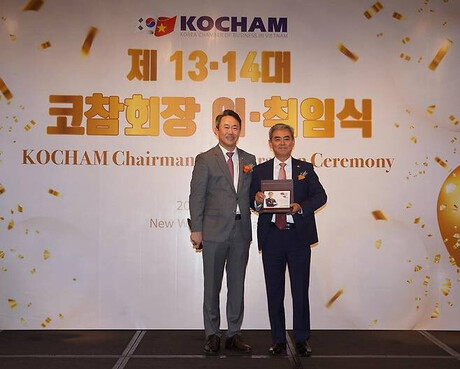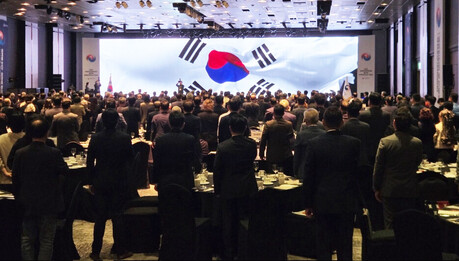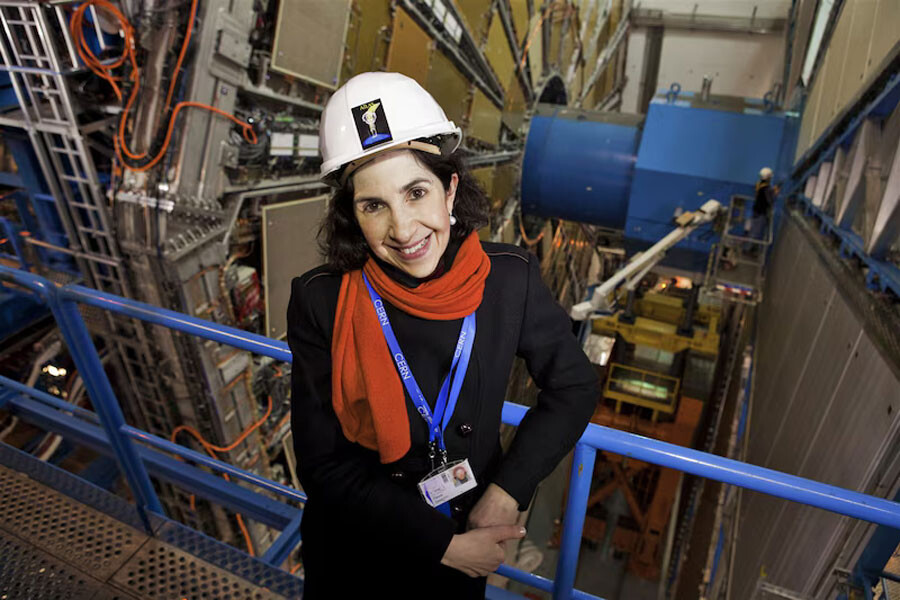
Fabiola Gianotti, Director-General of the European Organization for Nuclear Research (CERN), stated that the plan to build a next-generation particle collider, three times the circumference of the current one, "could be one of the most extraordinary tools that humanity can build to explore the laws of nature."
During a press conference last Tuesday, Gianotti emphasized that one of the main goals of the future collider is "to study the Higgs boson in great detail, which is the simplest particle discovered so far, yet holds the most mysteries."
CERN has already announced that the next-generation collider will be built as a circular ring structure with a circumference of 90.7 km, much larger than the current 27 km Large Hadron Collider (LHC), and the total cost is estimated at 15 billion Swiss francs (approximately 22 trillion Korean won).
Three Years of In-Depth Review
This massive project will be reviewed in depth starting this November by the CERN Council, composed of representatives from CERN's 23 member states, including Spain. CERN expects to make a final decision on whether to build the new collider by 2028.
Gianotti strongly advocated for the investment, saying, "There is no better experiment to address the most fundamental questions of particle physics, the most unknown parts of the Standard Model."
According to a feasibility study report written in collaboration with over 1,000 physicists and engineers, the new collider will be built at a depth of 200 meters underground, much deeper than the current LHC's depth of 100 meters. Eight access points and the same four major experimental centers as the current setup are planned on the surface.
The new collider will also be located in the border region between France and Switzerland, but its much larger circumference could potentially encompass an area 11 times larger than the current one, including under Lake Geneva.
Dr. Michael Benedikt, who led the feasibility study, explained at the press conference that the new collider is not expected to be operational until the early 2040s, after the current LHC is scheduled to shut down.
Two-Stage Research Program
The research program of the future collider will proceed in two stages. In the first stage, starting in the late 2040s, electrons and positrons will be collided for about 15 years to "produce" special particles such as the Higgs boson, electroweak particles, and top quarks.
In the second stage, protons alone are planned to be collided at energies of up to 100 teraelectronvolts (TeV) in the latter half of this century. This is a much higher energy level than the 13-14 TeV currently used in the LHC, and scientists hope it will lead to progress in solving the "mysteries" of modern physics, such as dark matter.
High Cost, But Not Impossible
According to the feasibility study report, the project cost will be shared over the next 12 years, with investments starting in the early 2030s. Approximately 65% of the necessary funds are expected to come from CERN's annual budget.
CERN officials expressed optimism that European countries and collaborating partners such as the United States will maintain their current levels of investment to enable these future projects, even amidst increasing attention to other areas such as European defense issues.
Gianotti emphasized, "CERN member states have faced all sorts of challenges in recent years – the pandemic, the war in Ukraine, energy issues – but there has never been a suggestion from the Council to reduce contributions."
She also added, "Even in times of geopolitical conflicts and other problems, it remains important to invest in positive values such as science, technology, education, and collaboration."
CERN officials expressed hope that the United States will maintain its involvement with CERN despite trends of budget cuts in international cooperation. Currently, about 2,000 of the more than 12,000 researchers working at CERN facilities are from the United States.
Founded in 1954, CERN and the current LHC, which began operations in 2008 and discovered the Higgs boson in 2012, are working to answer numerous fundamental physics questions to better understand the universe, based on the fact that scientists still do not know 95% of the universe's mass and energy.
Key Terms:
Higgs boson: A fundamental particle discovered at CERN's LHC in 2012, playing a crucial role in explaining the mechanism by which other particles acquire mass. It is also known as the "God particle."
Standard Model: The most successful theory of particle physics to date, describing the fundamental particles we know and their interactions. However, phenomena such as dark matter, dark energy, and gravity remain unexplained.
Dark matter: Invisible matter estimated to account for about 27% of the total mass of the universe. It interacts gravitationally but does not interact with any electromagnetic waves, including light, making it difficult to observe directly.
Teraelectronvolt (TeV): A unit of energy used in particle physics, representing very high energy. 1 TeV is equivalent to approximately one trillion electronvolts.
Future Circular Collider (FCC): The official name for the next-generation particle collider proposed by CERN. Various configurations are being studied, including the 100 TeV energy FCC-hh for proton-proton collisions and the FCC-ee for electron-positron collisions.
CERN's plan to build the next-generation Large Hadron Collider is an ambitious project that will elevate humanity's scientific and technological capabilities to a new level. Although it is expected to involve enormous costs and a long timeframe, it is anticipated to make groundbreaking contributions to solving the challenges of modern physics, such as the in-depth study of the Higgs boson and the elucidation of the secrets of dark matter, and to understanding the fundamental principles of the universe. It is hoped that this project, 추진되는 through international cooperation, will be successfully completed and play a crucial role in expanding the horizons of human knowledge.
[Copyright (c) Global Economic Times. All Rights Reserved.]


















